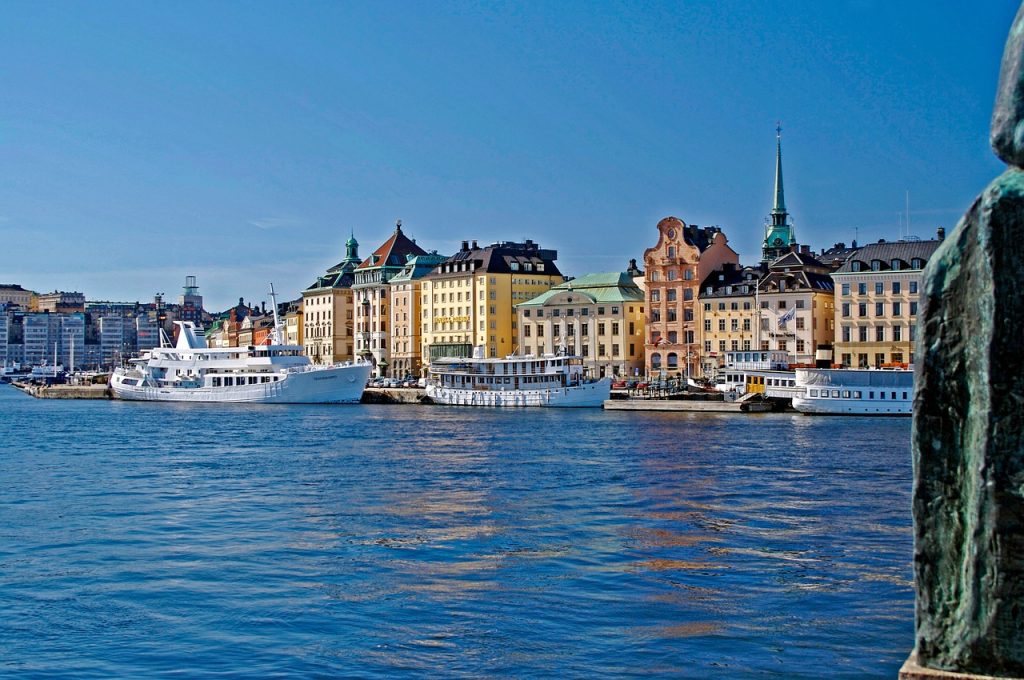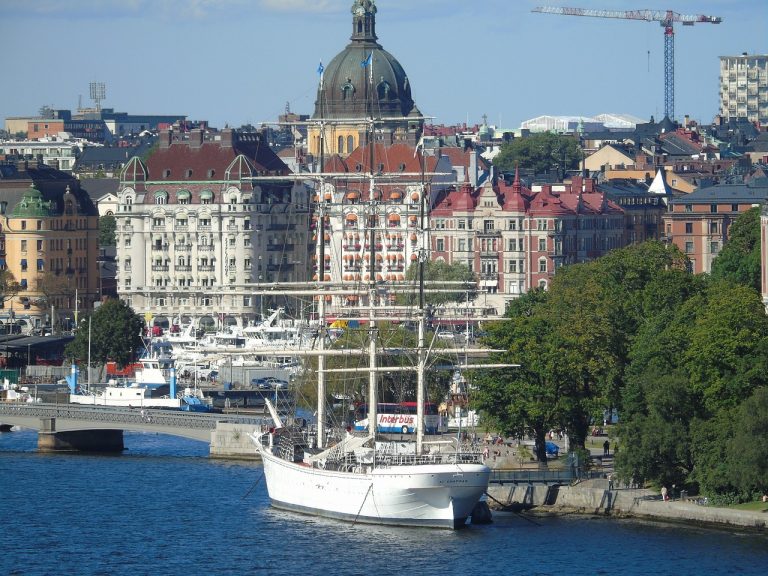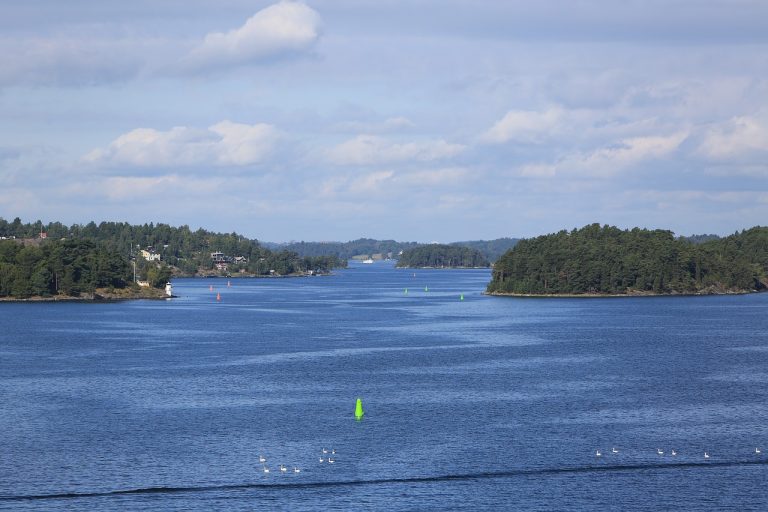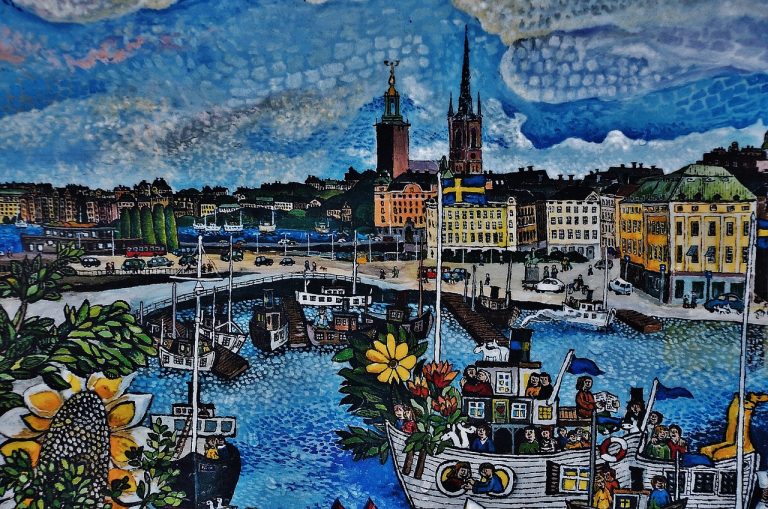Stockholm Sweden Video
The Cultural Evolution of Stockholm Sweden
Stockholm, the capital city of Sweden, is a vibrant and culturally rich destination that has evolved significantly throughout its history. From its humble beginnings as a small settlement to its current status as a cosmopolitan metropolis, Stockholm has experienced numerous transformations that have shaped its cultural landscape. This article explores the cultural evolution of Stockholm, highlighting key aspects that have contributed to its unique identity.
Early Settlement and Viking Influence
- Stockholm was founded in the 13th century and quickly grew into an important trading hub.
- The city’s location on the Baltic Sea allowed for easy access to other parts of Europe.
- Viking influence can be seen in the city’s architecture and cultural traditions.
- Keywords: Viking, trading hub, Baltic Sea, architecture, cultural traditions.
References: stockholm.se, visithistoricsweden.com
Medieval Expansion and Hanseatic League
- During the medieval period, Stockholm expanded its influence and became a member of the Hanseatic League.
- The Hanseatic League played a crucial role in the city’s economic growth and cultural exchange.
- Trade with other Hanseatic cities brought new ideas and cultural influences to Stockholm.
- Keywords: medieval expansion, Hanseatic League, economic growth, cultural exchange.
References: hanse.org, stockholm.se
The Renaissance and Gustavian Era
- The Renaissance period saw Stockholm flourish as a center of art, literature, and science.
- King Gustav III played a significant role in promoting cultural advancements during the Gustavian Era.
- The Royal Swedish Opera and the Royal Palace are notable architectural landmarks from this period.
- Keywords: Renaissance, Gustavian Era, art, literature, science, Royal Swedish Opera, Royal Palace.
References: royalpalaces.se, visitstockholm.com
Industrialization and Modernization
- The 19th century brought industrialization and modernization to Stockholm.
- The city’s population grew rapidly, and new neighborhoods and infrastructure were developed.
- Technological advancements, such as the introduction of electricity, transformed daily life in Stockholm.
- Keywords: industrialization, modernization, population growth, infrastructure, electricity.
References: stockholm.se, visitsweden.com
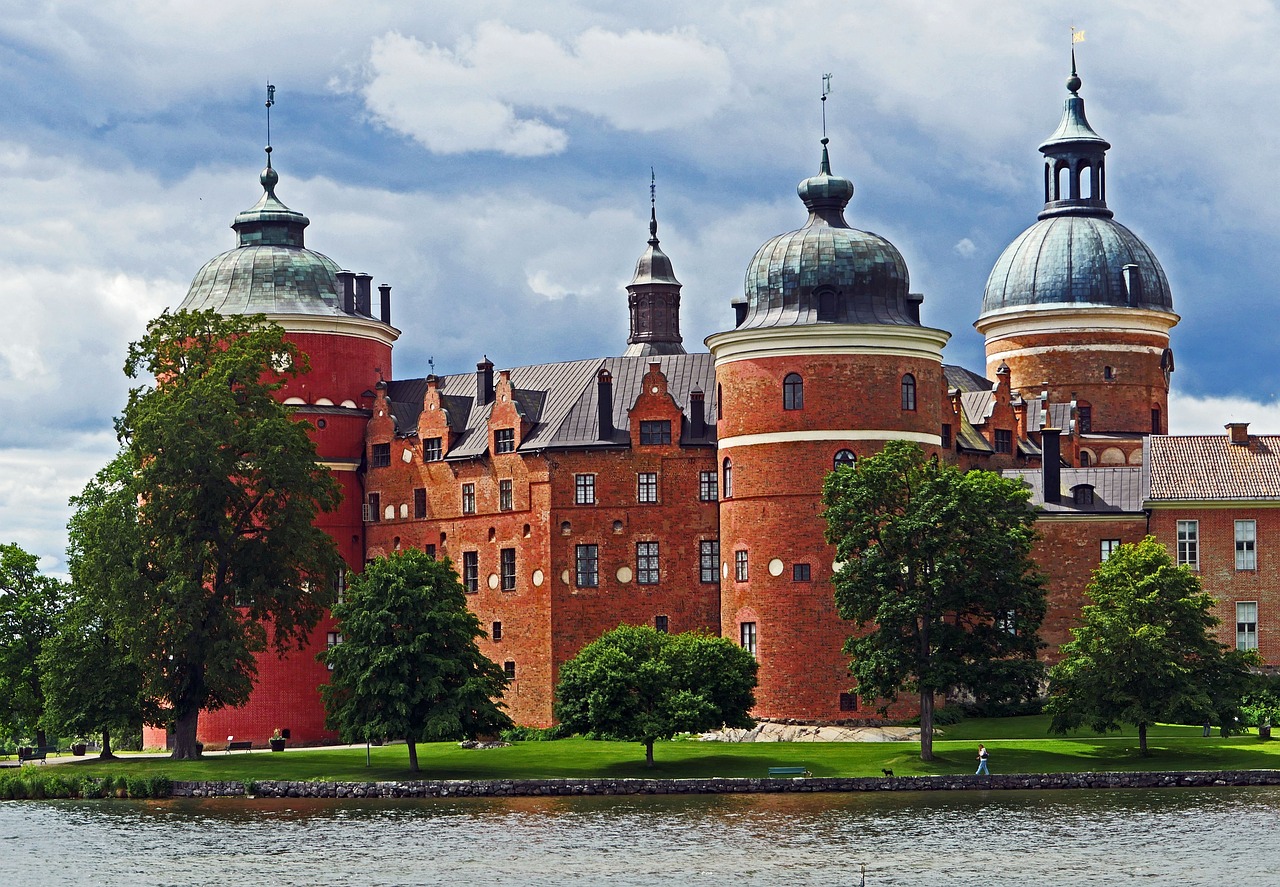
The Birth of Modern Swedish Culture
- Stockholm played a pivotal role in the development of modern Swedish culture.
- Prominent Swedish artists, writers, and musicians emerged during the late 19th and early 20th centuries.
- The city became a center for cultural movements, such as Swedish realism and modernism.
- Keywords: modern Swedish culture, artists, writers, musicians, Swedish realism, modernism.
References: visitsweden.com, stockholm.se
World Wars and Post-War Rebuilding
- Stockholm was relatively untouched by the World Wars but experienced significant changes.
- The city underwent post-war rebuilding, resulting in the construction of modernist architecture.
- Cultural institutions, like the Moderna Museet, were established during this period.
- Keywords: World Wars, post-war rebuilding, modernist architecture, Moderna Museet.
References: stockholm.se, modernamuseet.se
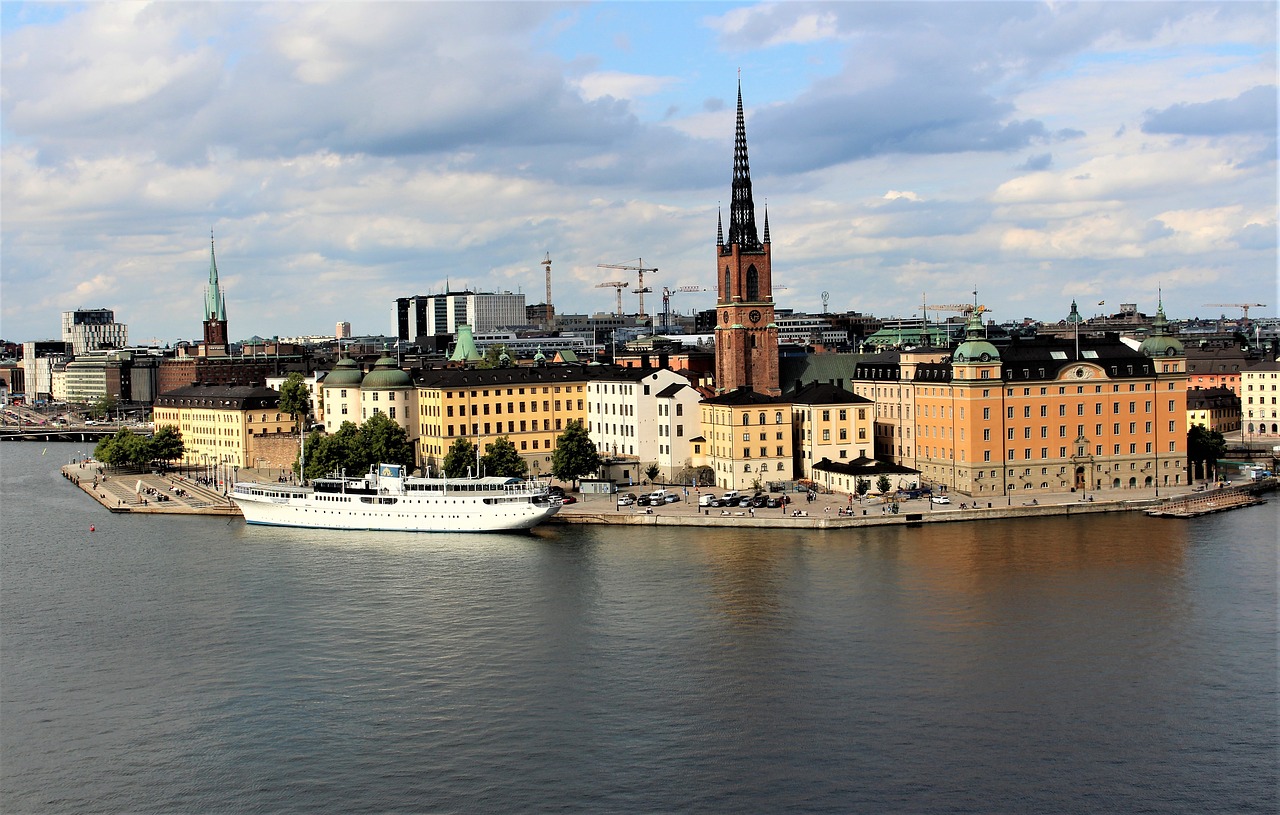
The Rise of Contemporary Stockholm
- Contemporary Stockholm is known for its innovative design, technology, and sustainability.
- The city has embraced modern architectural projects, such as the Stockholm Waterfront.
- Cultural festivals, like the Stockholm Culture Festival, showcase the city’s diverse artistic scene.
- Keywords: contemporary Stockholm, design, technology, sustainability, Stockholm Waterfront, Stockholm Culture Festival.
References: stockholm.se, visitstockholm.com
Green Spaces and Outdoor Culture
- Stockholm is renowned for its abundant green spaces and commitment to outdoor activities.
- The city boasts numerous parks, such as Djurgården, where locals and visitors can enjoy nature.
- Outdoor recreational activities, including cycling and kayaking, are popular in Stockholm.
- Keywords: green spaces, outdoor culture, parks, Djurgården, cycling, kayaking.
References: visitstockholm.com, stockholm.se
Art and Design Scene
- Stockholm has a thriving art and design scene, with numerous galleries and design studios.
- The city hosts the Stockholm Design Week, attracting artists and designers from around the world.
- Public art installations, such as the iconic Stockholm Metro stations, contribute to the city’s artistic ambiance.
- Keywords: art scene, design scene, galleries, Stockholm Design Week, Stockholm Metro.
References: visitstockholm.com, stockholm.se
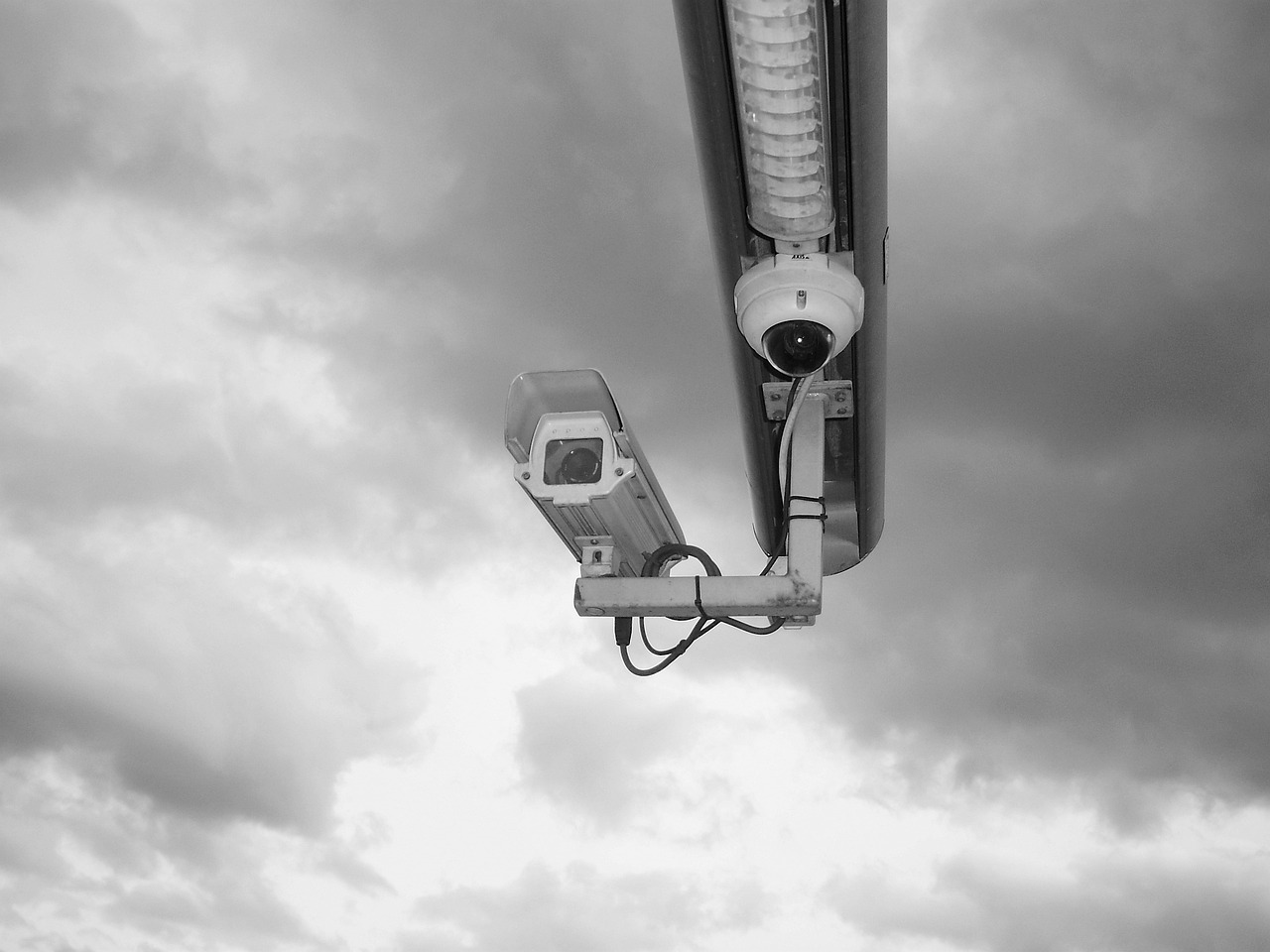
Culinary Delights and Fika Culture
- Stockholm offers a diverse culinary scene, ranging from traditional Swedish cuisine to international flavors.
- The city’s fika culture, a Swedish tradition of coffee breaks with pastries, is an integral part of daily life.
- Food markets, such as Östermalms Saluhall, provide an opportunity to explore local delicacies.
- Keywords: culinary scene, fika culture, Swedish cuisine, food markets, Östermalms Saluhall.
References: visitstockholm.com, stockholm.se
Conclusion
Stockholm’s cultural evolution is a fascinating journey that reflects its history, creativity, and adaptability. From its Viking roots to its current status as a modern and vibrant city, Stockholm embraces its past while continuously shaping its future. The city’s diverse cultural offerings, architectural wonders, and commitment to sustainability make it a must-visit destination for cultural enthusiasts.
References
stockholm.se, visithistoricsweden.com, hanse.org, royalpalaces.se, visitstockholm.com, visitsweden.com, modernamuseet.se

